This past year was a good one over all. There were some challenges along the way & some obstacles to overcome, but all in all it seems to have worked out well.
More than one of my suppliers for materials that I use to make these fly rods either went out of business or quit selling the items I use. It's getting harder & harder to get some of the quality materials that I like to use. Prices for everything are going up as well. Sadly, I've had to raise the prices of my rods. This was a hard thing for me to do, as I've fought for years to keep my prices where they were without compromising the quality of the rods & using as many American made components & raw materials as possible. I want to keep my prices as low as possible so more folks can enjoy a custom made fly rod. Fortunately I've been able to keep the price increase small, $30 to $50 depending on the rod ordered & without compromising the quality of the rods at all while continuing to use many American made materials.
This next year I will finally be introducing a low-cost Prudential Series graphite fly rod. It will be available in many sizes & in 2,3, or 4 pcs. It should be a great addition to the catalog. The blanks, etc will be made right here in the USA & the price will be very reasonable for a custom fly rod - well under $300!!! This is exciting, as it should offer (for the first time) a rod that has the quality of double that price. Many anglers pay more than that for their first or second graphite rods, so just imagine a custom rod, made to your specifications, for under $300. I can't wait to get them out there to you, hopefully by early next spring in time for fishing season everywhere.
I'm also going to be experimenting with some new (new for me) tapers & rod sizes this year. There is a long list of rods I want to make, but have never gotten around to making. This year I want to take the time to try some of these out. This helps me grow & learn more about my craft of rod making. You'll probably be seeing these rods on the "Available" page as they get completed & after they've been tested out by me & my friends.
I also want to continue to improve this website. I want to add more info on it, based on the questions I get from anglers & other topics that I feel are important but are maybe not covered enough in fly fishing books, magazines, & other websites. I'm also going to re-arrange how some of the items on the Available page are shown, to make it easier for you to find what's there.
This past year I got to meet even more anglers & make more friends. That's where I'm really blessed - by meeting & getting to know all of you out there. The fly fishing world is a tight knit community, I think, & the fact that I get to work with so many good & decent people really makes what I do enjoyable. I was able to make some really nice rods that I'm proud of this year & that's all because of you folks. I thank each & every single one of you who ordered a rod or accessory form me (you know who you are). I couldn't do this without you.
I'm a really lucky guy. I get to do what I love - make fly rods. Each morning when I get out of bed I'm looking forward to going to work, making your fly rods. To me it doesn't get much better than that. No matter what challenges we face, no matter where our economy goes, know that I'm going to be working hard to make the best fly rods I can make. I'm going to continue to expand this "labor of love" in 2013 so that you get a level of service from me that you can't find anywhere else. I'm looking forward to next year & the rods I'll make & the new friends I'll meet.
Thank you all for your support & friendship. I hope you all have a healthy & happy New Year. May it be your best one yet!!
-Chris




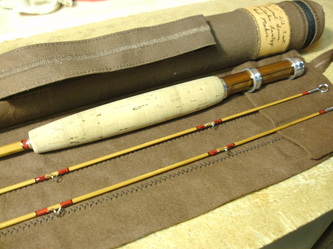
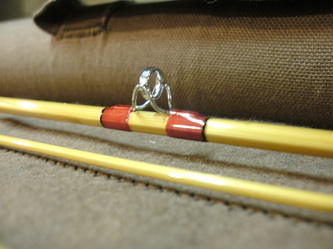
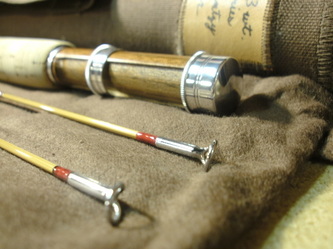
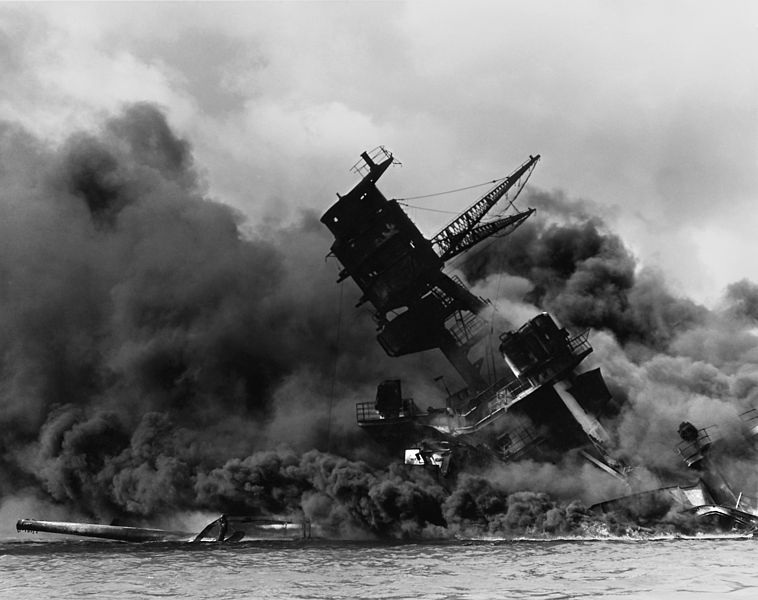
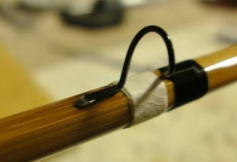
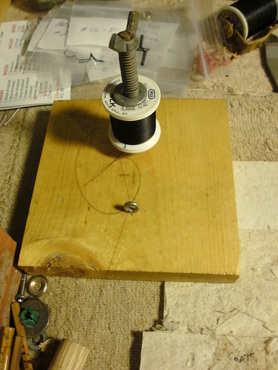
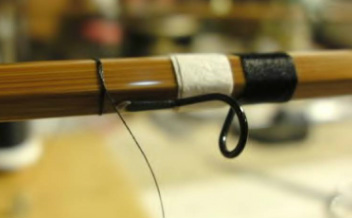
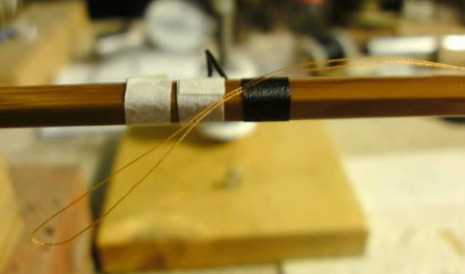
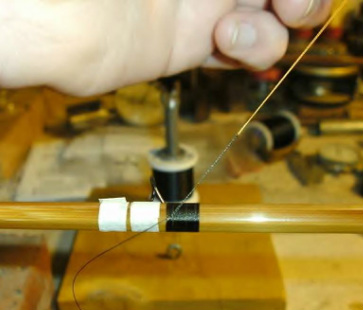
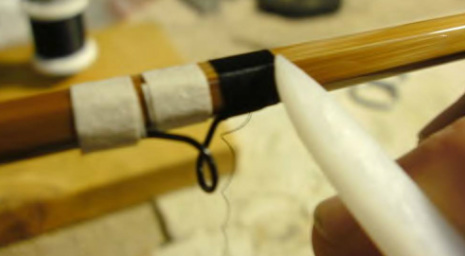
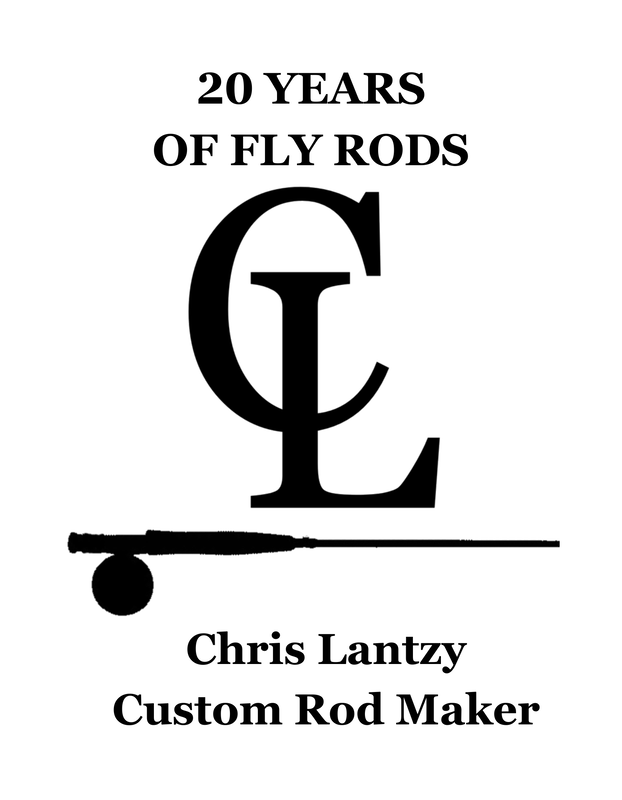
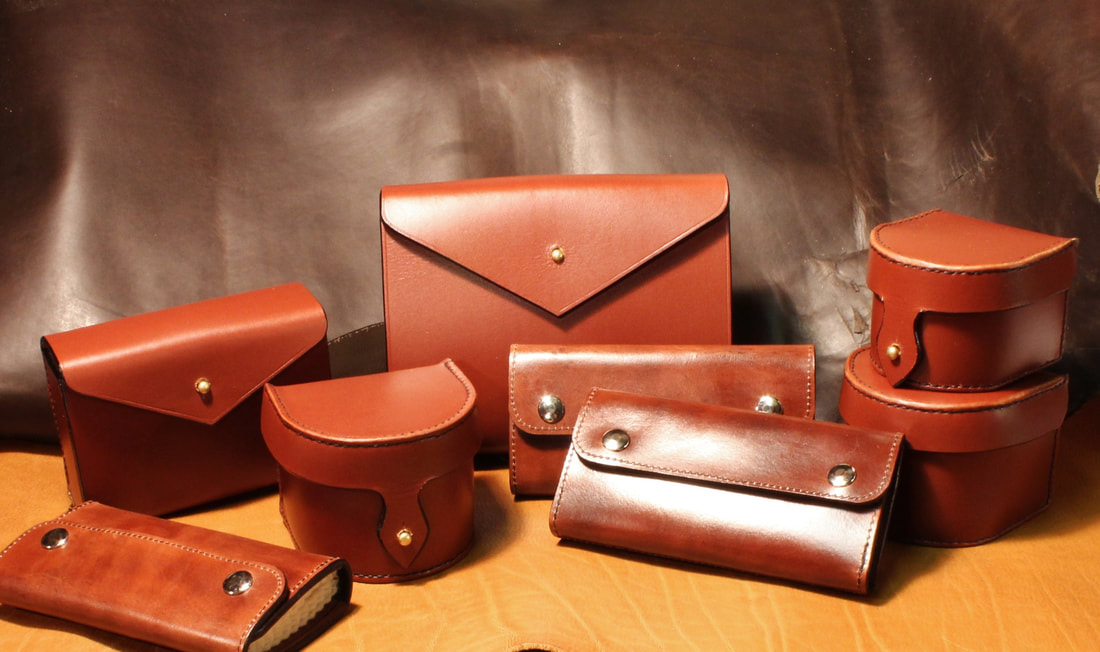

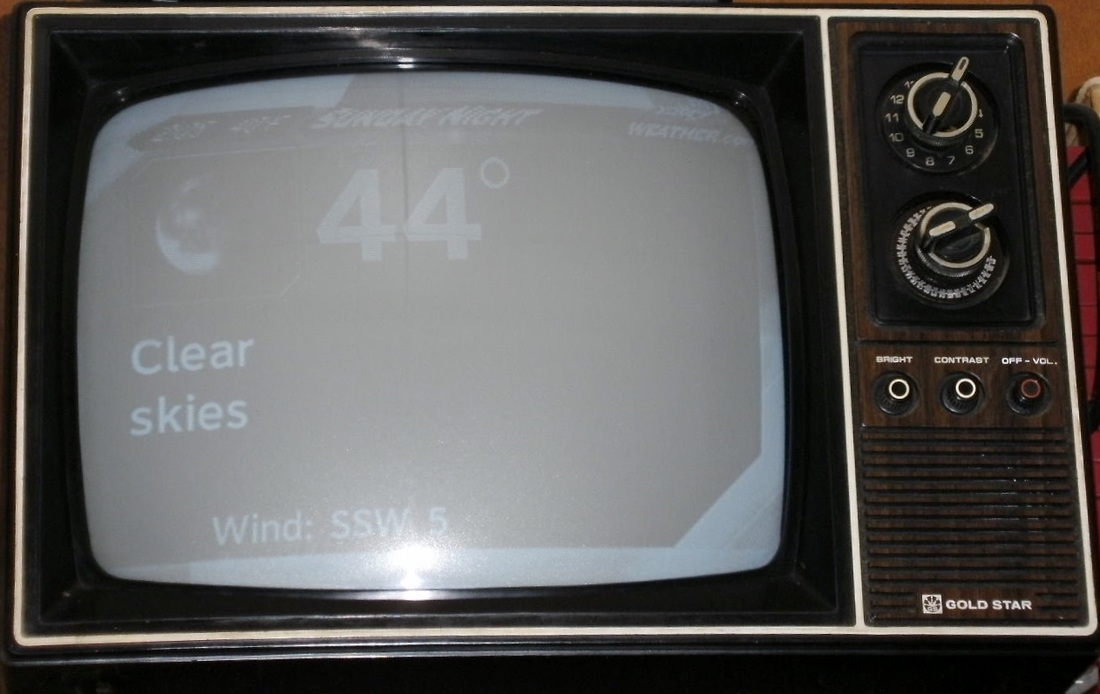
 RSS Feed
RSS Feed
